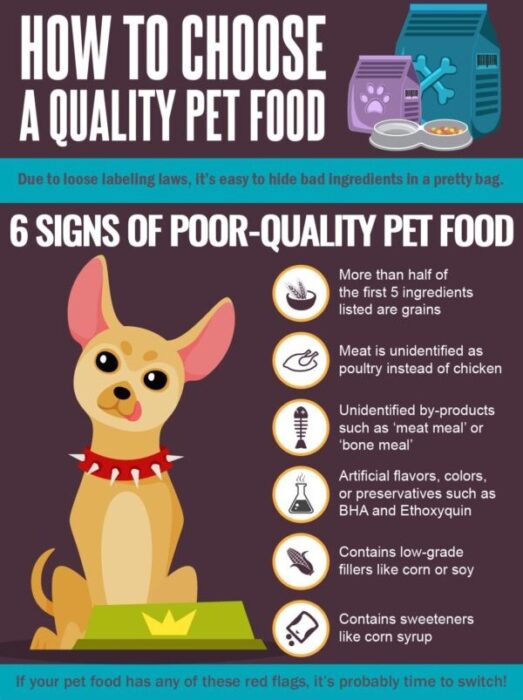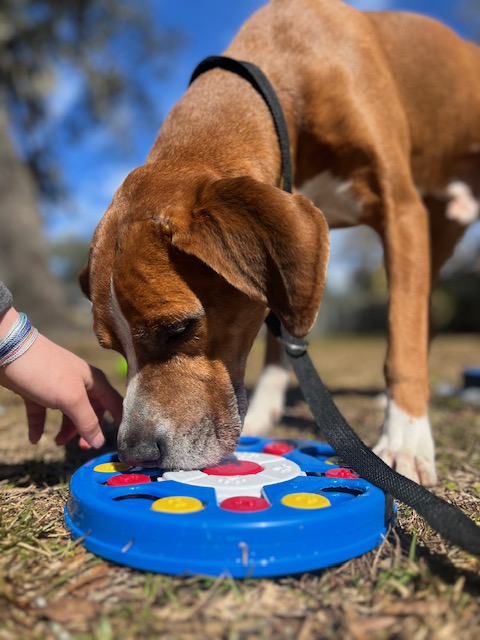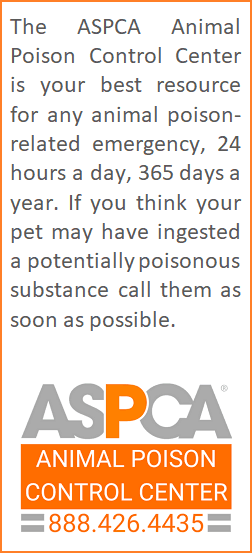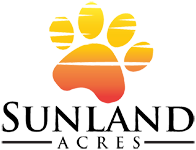Pet Nutrition & Enrichment
March is National Nutrition Month, and that means for your pets too! Have you ever wondered how to read a pet food label, why enrichment is important to your pet, or what household items may be toxic?
Reading Labels
Reading pet food labels can be scary and intimidating…. but, it doesn’t have to be! There are several simple tips you can follow when looking for food, to help ensure your pet is getting quality ingredients!

First and foremost, your pets food ingredient label is listed in descending order, by weight. Heaviest ingredients are listed first, so ideally your first couple ingredients should be named animal proteins. This ensures your pet is getting proper nutrition from an animal protein as apposed to fillers. Keep in mind, meat has a lot of water weight, so if the first named protein is not list as a “Meal” (meaning fat and water weight removed) that protein really gets shuffled down the ingredient list a couple of spots due to the water weight. You will want to avoid foods that include unnamed animal proteins, this means the protein could have come from ANY animal…ew. You will see it listed in ways such as “Meat and Bone Meal” or “Animal Fat”. In addition you will generally want to avoid labels that include “By-Product”, this means that the protein can come from any part of the animal, such as empty stomach or bone, and often is lacking in nutritional value. Any Ingredient followed by salt, makes up less than 1% of the food, so you will want your fruits and veggies listed above salt! Additionally its best to avoid additivities such as unnecessary dyes such as Red 40 or Yellow 5 and preservatives like BHA and Carrageenan.

Enrichment
Enrichment activities are anything that engages your pet to stimulate their mind and body at the same time! Enrichment toys are great for dogs of any age and size. Perfect for puppies who want to stay busy, adult dogs who want to have some fun, or save them for a rainy days, when outdoor exercise may not be available. Examples of enrichment toys are items such as puzzle feeders, treat dispensing toys, stuffed kongs, snuffle mats, or lick mats. More advanced activities such as trick training or agility are also forms of enrichment! Enrichment has many benefits for your pet such has helping to relive stress, providing mental stimulation, reducing destructive behavior, and providing positive outlets for your dogs natural instincts.

Pet Poison Awareness
Some of the top toxic household items are:
Over-the-counter and prescription medications: The ASPCA Animal Poison Control Center (APCC) reported that these were the most common pet toxins in 2020, accounting for almost 40% of calls they received.
Food: Especially grapes, raisins, macadamia nuts, almonds and cherries. As well as lesser known; avocado, rhubarb, and corn on the cob.
Chocolate: Contains caffeine and a chemical called theobromine, which dogs cannot metabolize. The darker the chocolate, the more toxic it is.
Xylitol: Sweetener found in sugar-free gum and other foods, including some peanut butters.
Rodenticides: Either in their pure form or from eating a poisoned rodent.
Cleaners and chemicals: Including bathroom, kitchen, window, and car cleaners, antifreeze, paint thinner, pool and hot tub products, etc.
Flowers and plants: Especially deadly to cats are all forms of lilies, tulips and daffodils, from bulb to bloom.
Mushrooms and berries: Many are non-toxic, but those that are can be very harmful, so it’s better to assume the worst and avoid them altogether.




